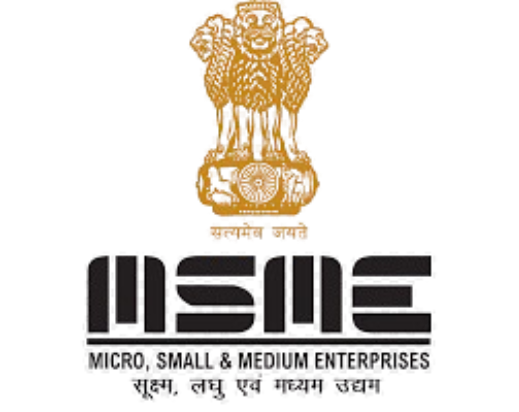Data Science (Python/R) (200 Hours)

Data Science Course Overview
You can find data Scientist/Analytics jobs in all sorts of industries. Whether you’re just getting started in the professional world or pivoting to a new career, this course is a perfect step to becoming a data analyst.
The course assumes a working knowledge of key data science topics (statistics, machine learning, and general data analytic methods). Programming experience in some language (such as R, MATLAB, SAS, Mathematica, Java, C, C++, VB, or FORTRAN) is expected. In particular, participants need to be comfortable with general programming concepts. Working knowledge of the Python tools ideally suited for data science tasks.
- Setting Up Your Integrated Analysis Environment
- Introduction to Data Science
- Mathematics and Statistics for Data Science
- Linear Algebra (vectors, matrices, operations)
- Descriptive statistics (mean, median, variance, skewness, kurtosis , vriance, standard daviation , standard cost)
- Python / R basics (variables, loops, functions, data structures , exception , modules , files, directory , modules)
- Python Data Structures
- Database : Mongodb , Mysql and Sqlite
- Using Python to Control and Document Your Data Science Processes
- Accessing and Preparing Data (CSV, SQL, MongoDB, Google Sheets)
- Data Collection and Preparation
- Cleansing Data with Python
- Python Pandas, Numpy, Scipy , StatsModel
- Data Visualization
- Exploring Data with Pandas
- Machine Learning
- Project using Data Science and Machine Learning with Frontend, Backend, and MySQL Database
